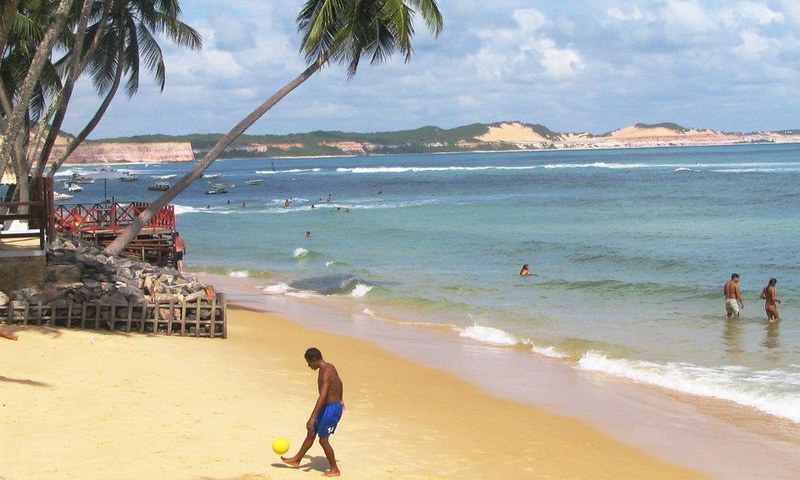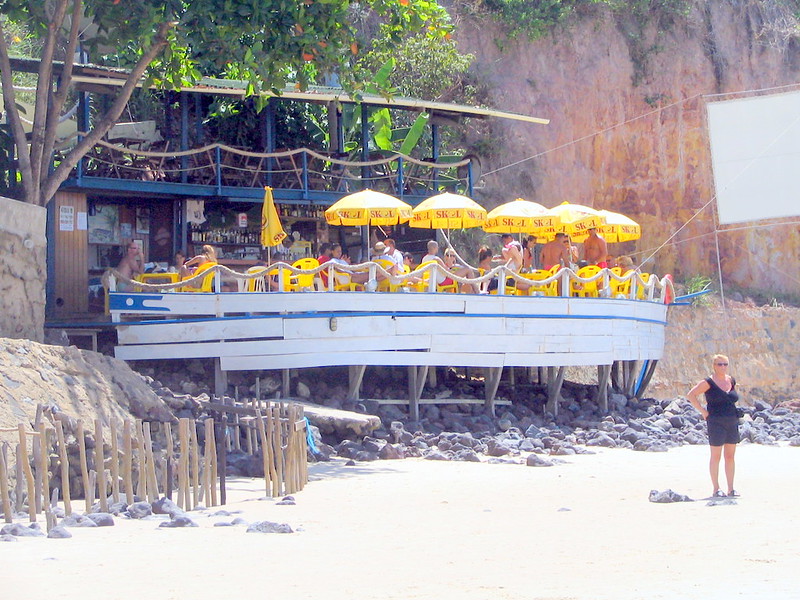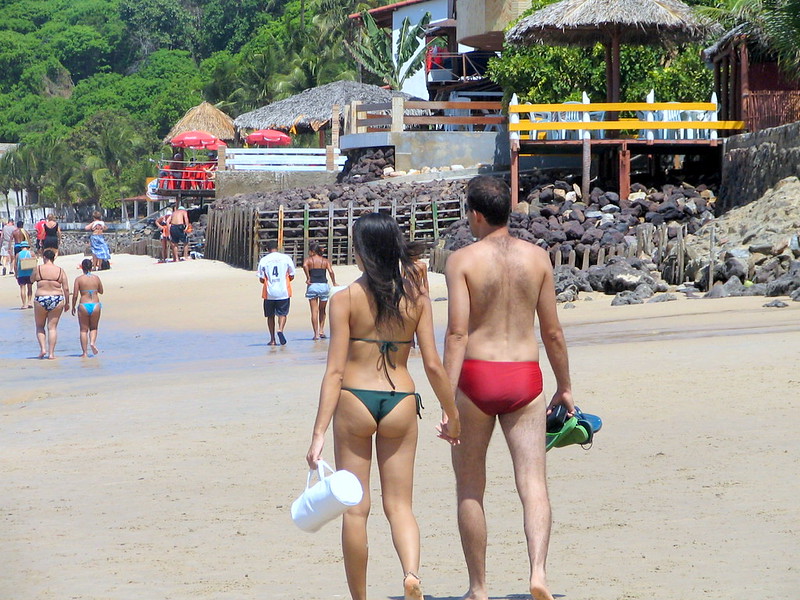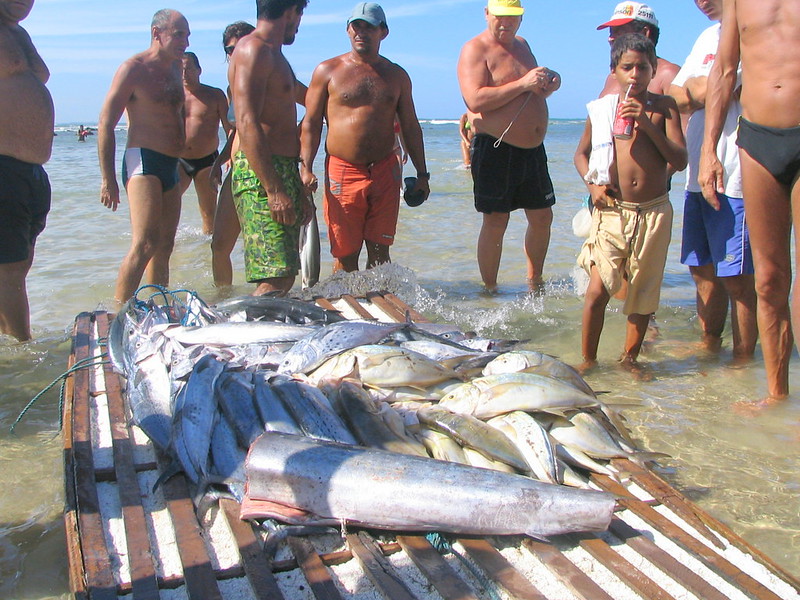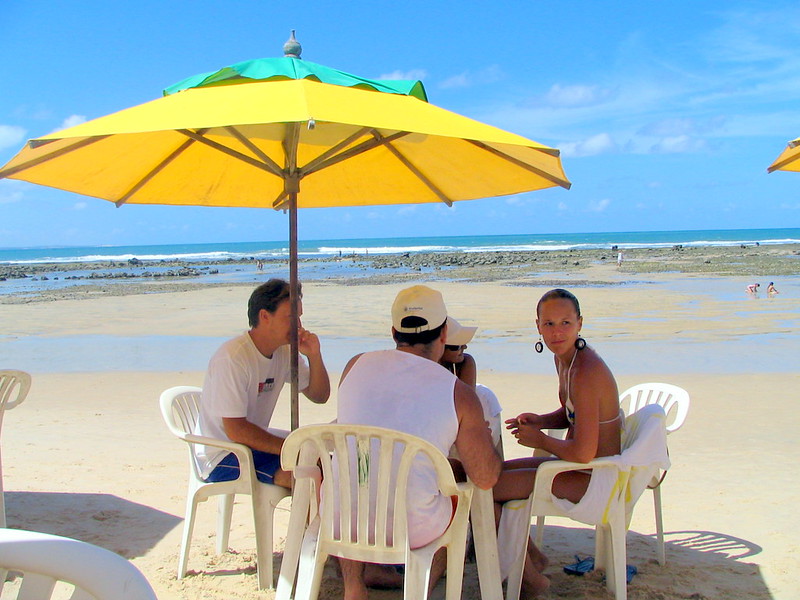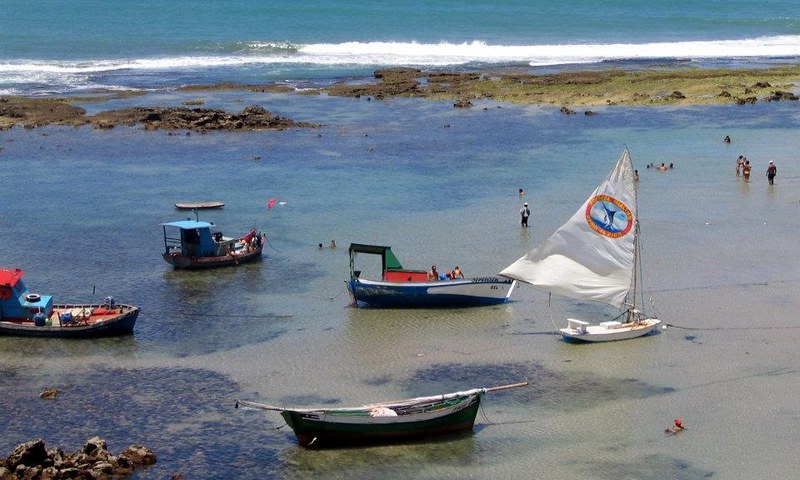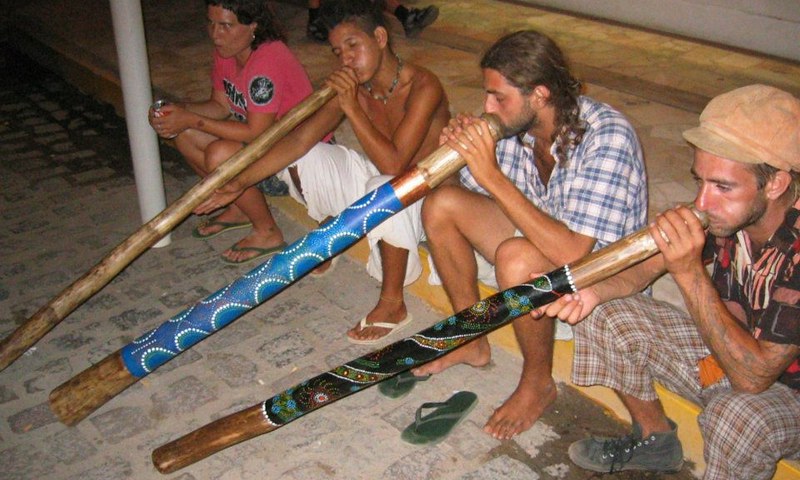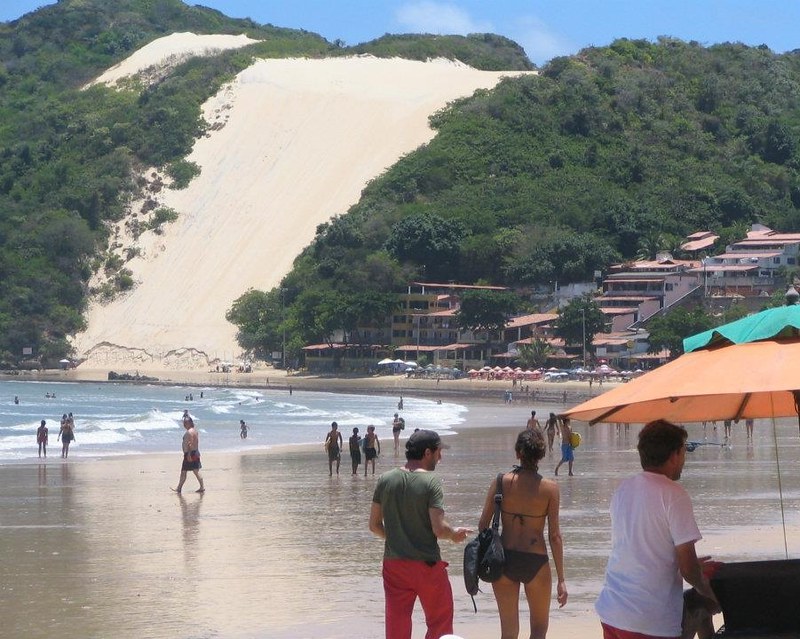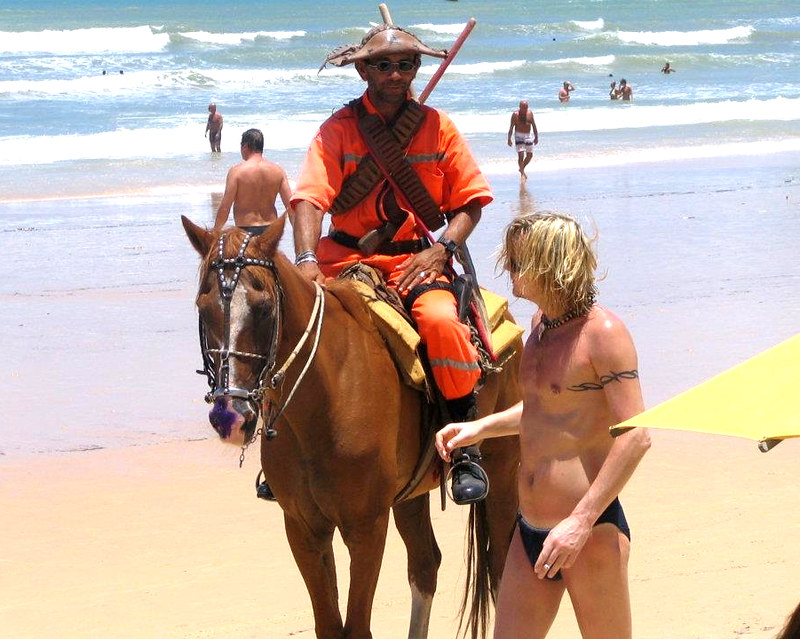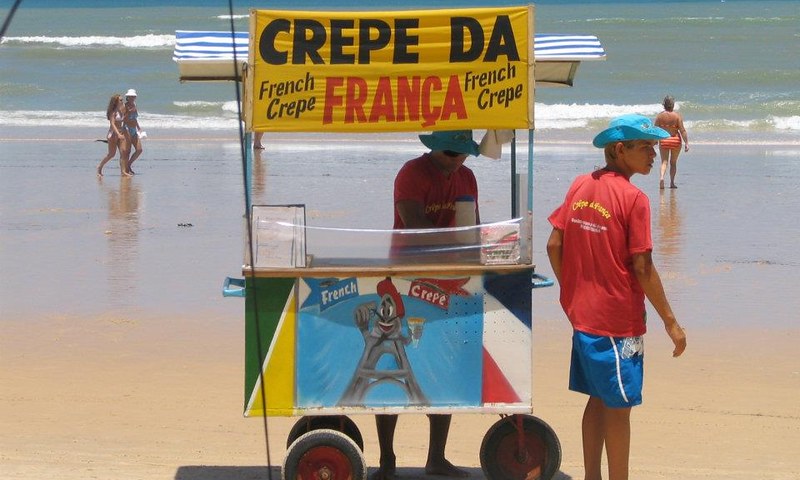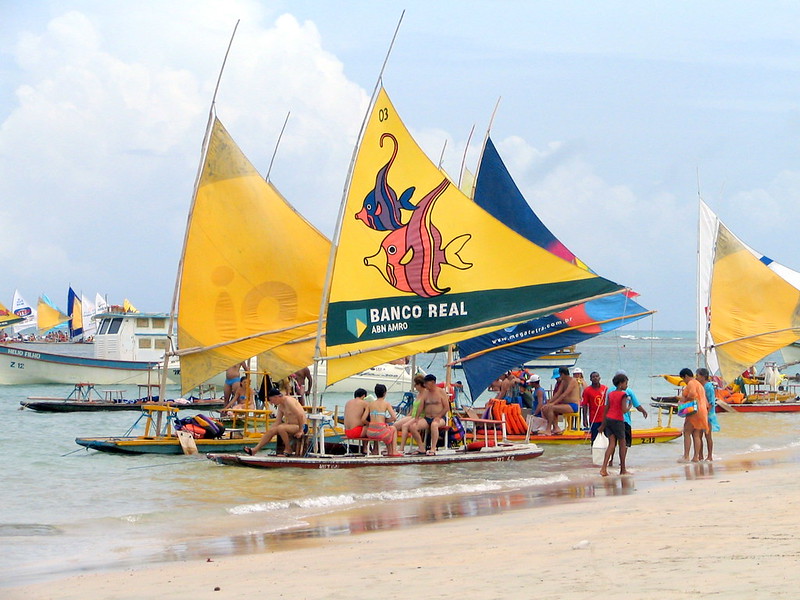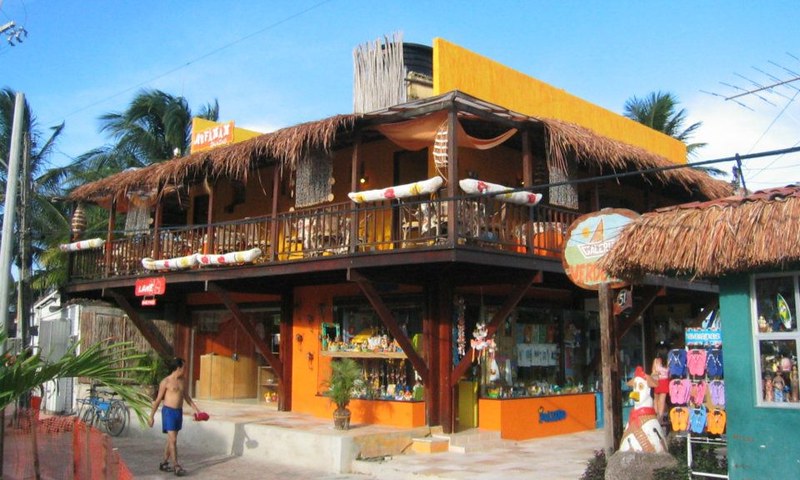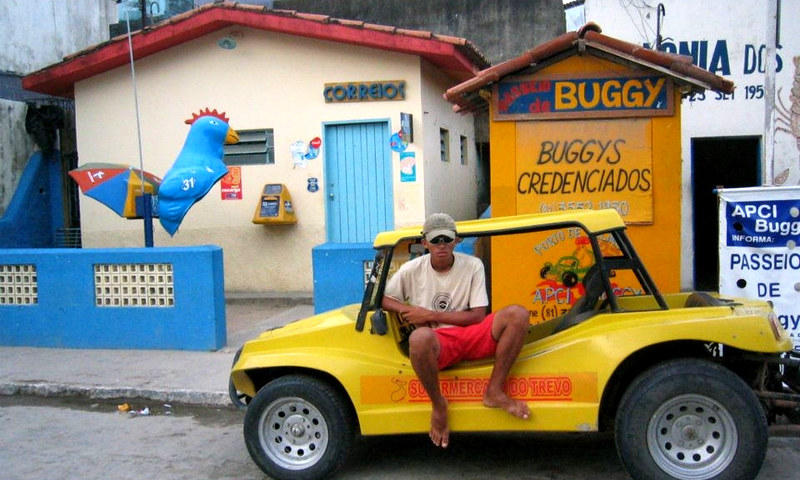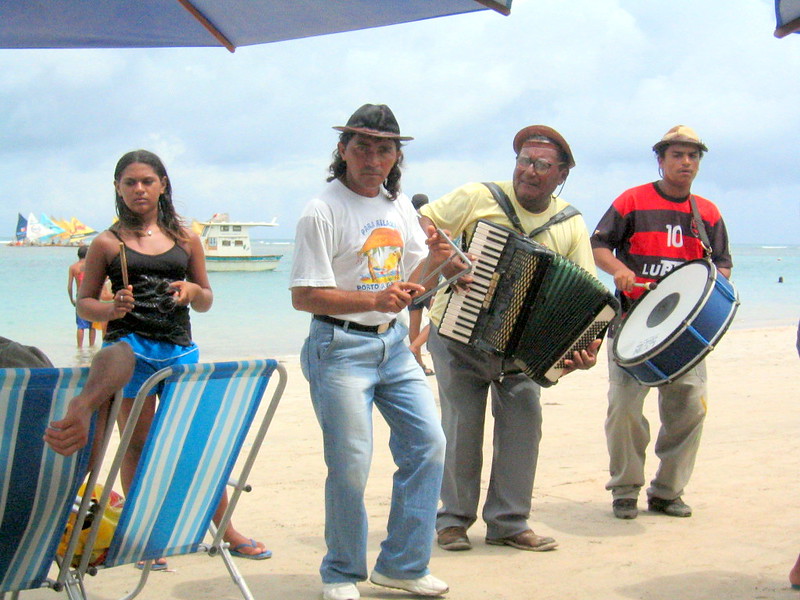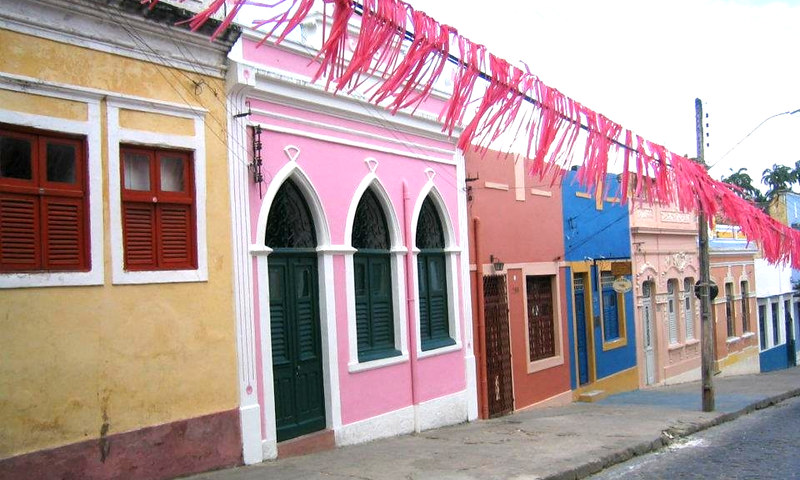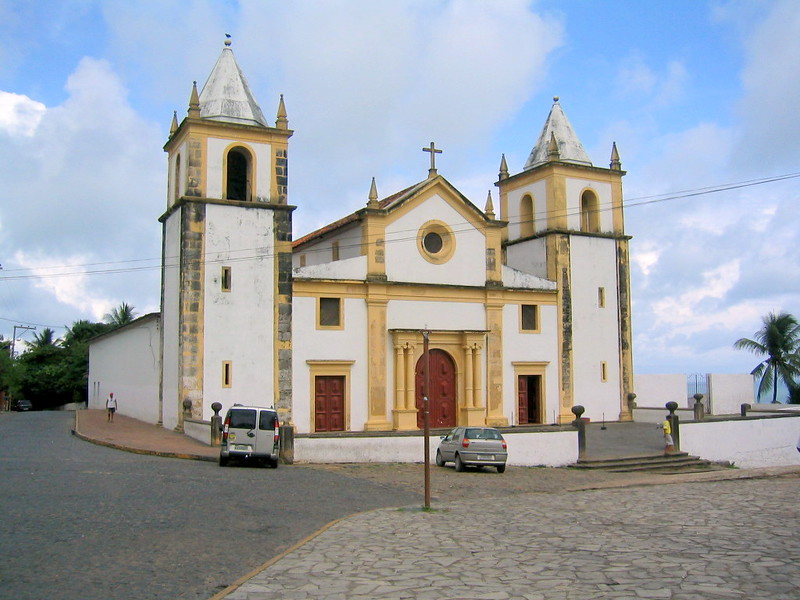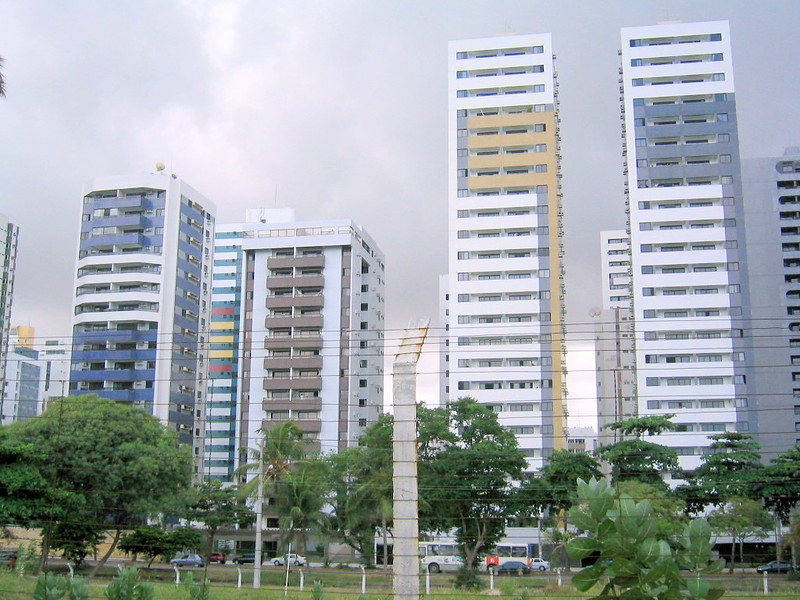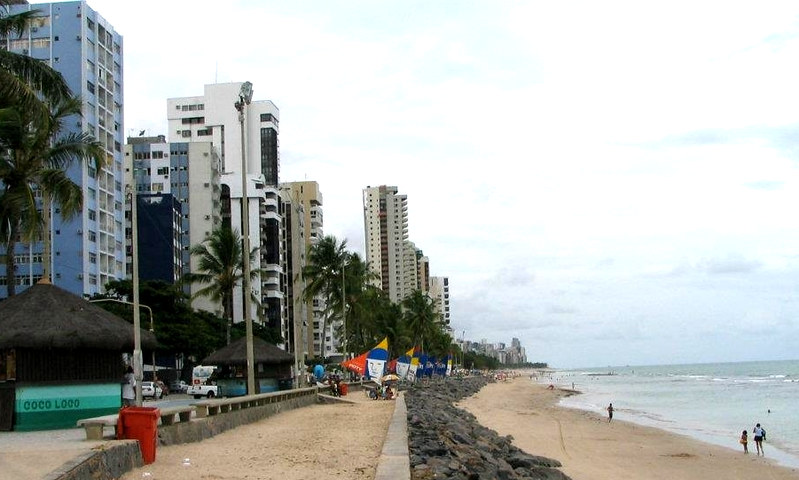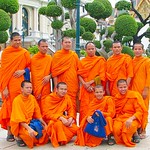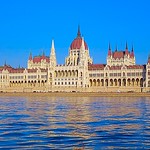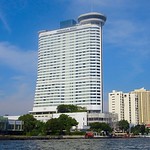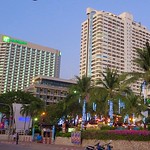Travelled Natal Recife via Pipa.
September 8, 2013 by David Herd
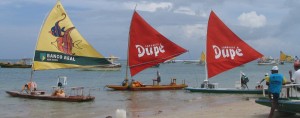
Praia de Pipa, paradise.
Travelled Natal Recife via Pipa
Travelled Natal Recife via Pipa traveling 300 kilometers by taxi from with my friend Simone, we found what was like a beautiful pearl in a juicy oyster. The oyster was north east Brazil and the beautiful pearl was Praia de Pipa.
Low tide at Pipa
I remember sitting in a bar in Rio Di Janeiro with two friends Dave Wylie & Doug Roarke, (RIP) and when I asked what was their favorite place in Brazil, Doug briefly considered the question before saying “Praia de Pipa”. Until that moment I had never heard of the place, but on Doug’s recommendation I planned my trip.
Travelled Natal Recife via Pipa
Lots to look at on the beach. 🙂
Fresh fish at Pipa.
Each day they would bring the fresh fish into the beach and restaurant owners would buy them to put on the menu.
Another perfect day at Pipa.
Pipa was a small fishing village until the 1970s. Then it was discovered by surfers and backpackers, attracted by a set of natural attributes rarely found even in other Brazilian beaches:
Boats waiting for high tide.
Wonderful crystal-clear waters, fine, white sand, 10-meter-high vertical cliffs, and friendly locals.
Beautiful girl in Pipa.
Brazil has so many beautiful girls.
Didjeridoos at Pipa.
What a surprise for me to stumble across these guys in Pipa playing Australian Aborigine Didgeridoos.
For a great hotel room rate in Brazil just book through THIS LINK.
Morro do Careca (Bald Hill) Ponta Negra.
Ponta Negra is the most affluent area of the city and also where most tourists stay. Here you will find most of the upscale hotels, shopping malls and restaurants
Ancient warrior at Ponta Negra.
Please click on Google + to help my page ranking.
Pancakes on the beach.
An ideal snack after a swim.
Simone Cristina Oliveira
My lovely traveling companion Simone Cristina Oliveira was living in Uberlândia in Minas Gerais at the time, she now works at a bank in Sao Paulo.
Porto de Galinhas.
The origin of the name is well known. Porto de Galinhas means “Port of Chickens” in Portuguese. In the second half of the 19th century, the Brazilian government imposed restrictions to the commerce of slaves, which were widely used as manpower in the sugarcane farms around Recife to circumvent the prohibition, the “black ships” (which transported slaves from Africa to Brazil) looked for other places to harbor, far from Recife. One such place was in the bays around Suape and Ipojuca, about 60 km to the South of Recife. When a ship arrived in town, as it was prohibited to mention slavery, the word spread as “there are new chickens in the port”; hence, the place gained its name Porto de Galinhas.
Porto de Galinhas.
This town has a wonderful lay back feel about it.
Wonderful colorful buildings.
I would certainly recommend you add Porto de Galinhas to your agenda.
Porto de Galinhas.
Check out the chicken phone box.
Music on the beach.
Entertainment on the beach.
The beautiful city of Olinda.
Adjacent to Recife this old town is rather wonderful.
Wonderful old church in Olinda.
I have seen churches like this all over Brazil.
Beautiful Olinda.
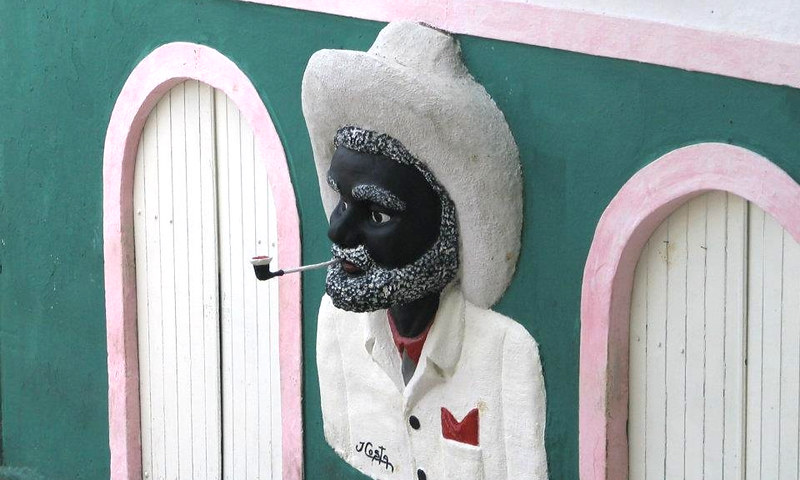 Olinda is a city in the north-eastern Brazilian state of Pernambuco. It hosts one of Brazil’s most famous carnivals and is listed as a World Heritage Site by UNESCO due to its XVI and XVII-century buildings. Many bars, restaurants, artist and craftspeople studios add charm to the old-town setting.
Olinda is a city in the north-eastern Brazilian state of Pernambuco. It hosts one of Brazil’s most famous carnivals and is listed as a World Heritage Site by UNESCO due to its XVI and XVII-century buildings. Many bars, restaurants, artist and craftspeople studios add charm to the old-town setting.
Recife via Pipa Condos near the beach.
Recife is a very modern city as you can see.
Beach in Recife.
Our hotel was right opposite the beach.
For a great hotel room rate in Brazil just book through THIS LINK.
My friend Simone & her cousin Pedro.
Click on the photo below to see another Brazil post.
Slide show here.

That’s all folks
Check out these great photo blogs.
Counter only started June 16 2020.
This gallery contains 1 photo.
